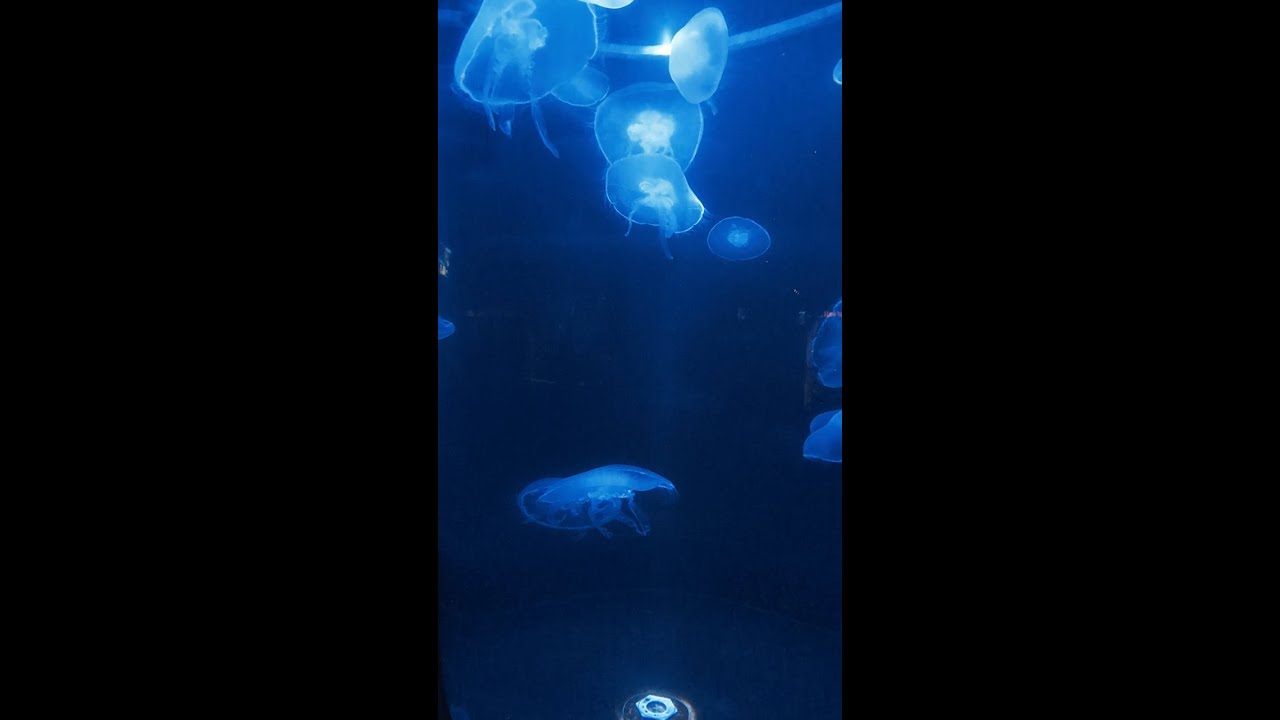- Understanding the Adaptations of Animals to Temperature Extremes in Nature
- The Role of Zoological Institutions in Simulating Natural Habitats for Conservation
- Evaluating the Impact of Climate Change on Wildlife and Zoo Ecosystems
- Strategies for Zoo Management to Foster Biodiversity and Support Conservation Efforts
- The Importance of Community Engagement and Education in Wildlife Conservation
The natural world showcases an incredible diversity of life, with each species uniquely adapted to its environment. Animals inhabiting extreme climates have developed fascinating survival strategies, which are crucial to understanding zoology. For instance, many species have evolved specific physiological features that help them manage body temperature in hot or cold environments. The fennec fox, for instance, has large ears to dissipate heat, while the Arctic fox boasts a thick fur coat for insulation. Behavioral adaptations also play a role, such as the migration patterns of birds to avoid temperature extremes. Understanding these adaptations enriches our knowledge of animal biology and ecology.
Zoological institutions play a significant role in wildlife conservation by simulating natural habitats. These settings are vital for replicating the environmental conditions of animals that cannot thrive in temperature extremes. By doing so, zoos provide a sanctuary for endangered species while supporting breeding programs to bolster populations. For example, the construction of climate-controlled environments in zoos aids in replicating the arid landscapes of deserts or the icy realms of polar regions. Such efforts are pivotal as they help conserve species that otherwise face shrinking habitats due to environmental degradation.
Climate change poses significant challenges to both natural ecosystems and the simulated environments within zoos. Rising temperatures, altered precipitation patterns, and extreme weather events are directly impacting wildlife. These changes can disrupt migration patterns, food availability, and breeding cycles, putting species at risk of extinction. In zoos, maintaining optimal conditions becomes more complex, requiring advances in technology and infrastructure. For instance, zoos may need to adjust climates more frequently or innovate with green energy solutions to reduce carbon footprints. As climates change, it is imperative for zoos to adapt alongside nature, ensuring the well-being of their residents and contributing to global conservation goals.
Zoo management is focusing increasingly on fostering biodiversity through specialized conservation strategies. Collaborative breeding programs, often managed globally, aim to preserve genetic diversity among endangered species. Additionally, zoos serve as educational platforms, raising public awareness about biodiversity and wildlife conservation. This dual approach—practical conservation and education—ensures that zoos contribute effectively to global conservation goals. For example, efforts to save the critically endangered Sumatran rhino involve international collaborations and public engagement campaigns. These initiatives highlight the importance of a collective effort in preserving biodiversity.
Engaging communities through education and learning is a fundamental aspect of effective wildlife conservation. Zoos can serve as vital educational resources, inspiring action among visitors through interactive exhibits, educational programs, and live shows. This engagement fosters a deeper appreciation for wildlife and underscores the importance of conservation efforts. For instance, initiatives like animal adoption programs and volunteer opportunities empower individuals to contribute actively. By connecting people with nature, zoos help build a more knowledgeable and proactive community that supports conservation initiatives both locally and globally.
Integrating these aspects enhances our understanding of the interplay between wildlife, zoology, and conservation. Hot or cold environments challenge both animals and conservationists, demanding innovative solutions and unwavering commitment. By studying animals’ adaptations, leveraging zoo management practices, and promoting community involvement, we can make significant strides toward a sustainable future for all species. The collaboration required is extensive and multifaceted, ensuring that the efforts to maintain biodiversity and protect wildlife are both proactive and responsive to the challenges posed by a changing world. Through continued research, adaptive strategies, and public participation, these efforts hold promise for the longevity and health of our planet’s diverse ecosystems.
*****
Source Description
#jokes #memes #funny #lol #joke #funnyvideos #haha #jokesfordays #sundayfunday #dadjokes #NCAFF🤣


